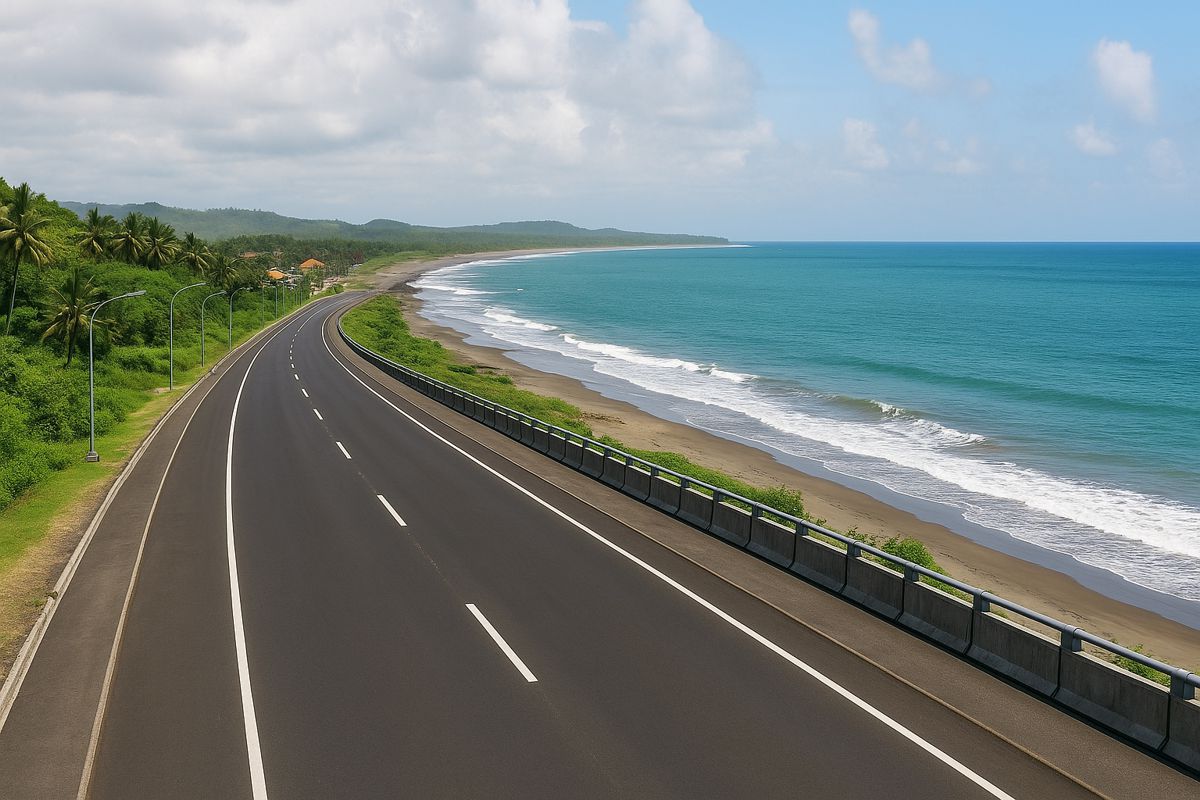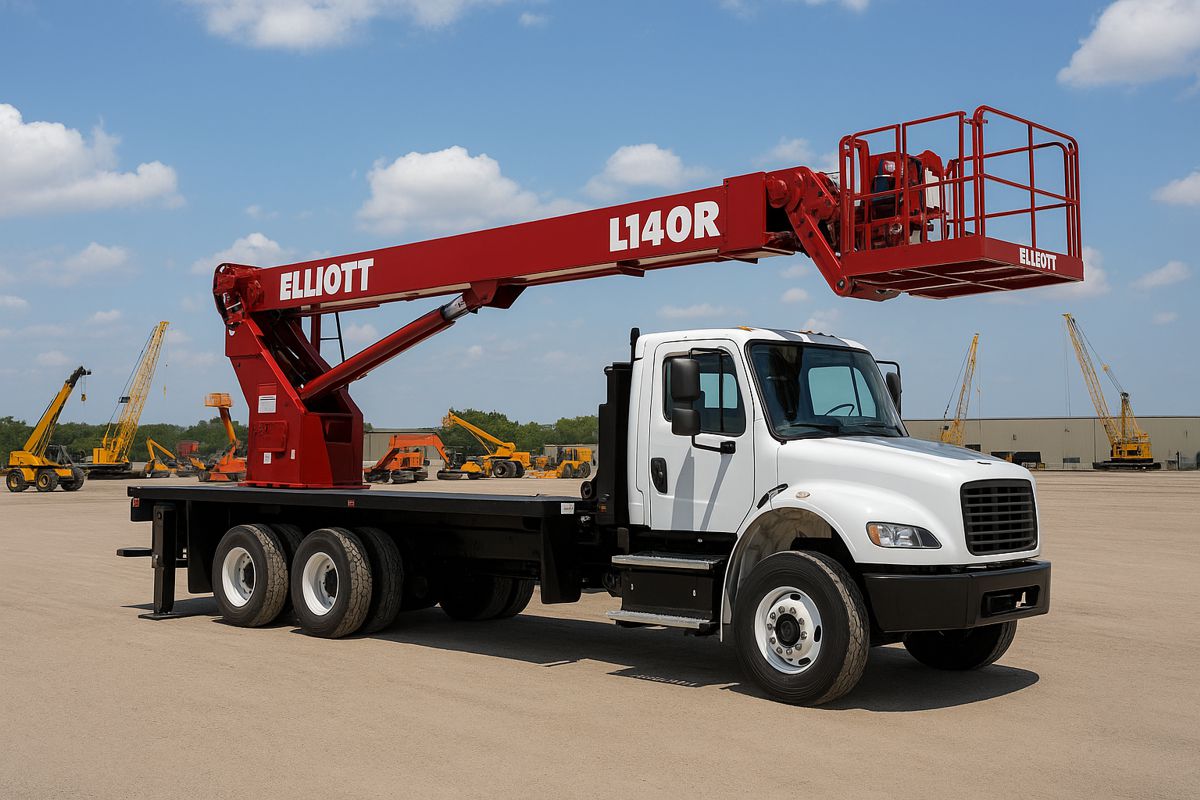New Transportation Plan will keep Washington moving into 2040 and beyond
The past is an unreliable predictor of the future, especially when it comes to transportation. This is an underlying message in Washington’s updated transportation policy plan, WTP 2040 and Beyond. It’s an online, interactive transportation plan – the first of its kind in the nation.
During the plan’s creation, the Washington State Transportation Commission engaged diverse representatives to ensure recommendations presented a fair and balanced picture of issues and opportunities across the state. The commission presented the plan to Governor Inslee and the Washington State Legislature this week.
WTP 2040 and Beyond extends the state’s planning horizon out to 2040 and shines a light on the challenges and opportunities facing the statewide transportation system, emphasizing: 1) technology and innovation, 2) system resilience, and 3) paying for transportation.
The vision is unchanged: a transportation system supporting safe and reliable mobility for people and goods. Today, what is different, is the degree of influence that technology and innovation are having on the transportation system and the effect those changes are having on what safe and reliable mobility means.
The commission also heard a growing sense of urgency across the state about the vulnerabilities in Washington’s transportation system, which will undermine essential emergency response and long-term recovery efforts after a major disaster. This includes retrofits for earthquakes and other natural disasters.
Another challenge to the state’s transportation vision is lack of funding, not only for system resiliency, but even for the most basic preservation and maintenance functions. This continues to challenge local and state transportation agencies as they work to keep the system that is already in place running safely and efficiently. Old models of paying for transportation aren’t keeping up with current needs, resulting in local taxpayers picking up an ever-larger share of transportation funding responsibilities in an effort to make ends meet.
“When we look around the state, we recognize the hard choices that communities are facing when it comes to paying for transportation,” said Jerry Litt, chair of the seven-member citizen Transportation Commission. “They’re working to make the best use of existing resources and stretch their transportation dollars further, but it’s an expensive system to maintain. Existing revenues don’t cover all the basic needs, much less pay for the retrofits and upgrades that are needed.”
Secretary of Transportation Roger Millar concurs, adding, “Washington’s citizens have invested about $200 billion in transportation system assets, such as highways, bridges, ferries and facilities, yet we’re spending less than half of what we should to preserve and maintain those assets to keep them in a state of good repair. We need to continue working with our communities to establish and deliver a long-term vision for the transportation system that serves people, goods, and services.”
WTP 2040 and Beyond looks at the effect the three cross-cutting topics have on Washington’s six statewide transportation goals of economic vitality, safety, preservation, mobility, environment and health, and stewardship. The plan highlights where progress can be made, even in times of uncertainty, by taking measured steps and emphasizing partnerships and collaboration.
“We appreciate the emphasis in this plan on partnerships and collaboration,” notes Andrea Weckmueller-Behringer, executive director of the Walla Walla Valley Metropolitan Planning Organization and chair of the state’s MPO-RTPO Coordinating Committee. “Now more than ever we need to work together to tackle these transportation issues. Every one of our regions has partnerships already in place that provide a strong foundation for the more refined work that WTP 2040 and Beyond calls for.”
WTP 2040 and Beyond is a policy plan and does not include project-specific funding recommendations. It does highlight four “tough topics” that are bigger than any one agency or jurisdiction can address, and which have statewide implications. Those topics are: 1) improving travel and trade across the Columbia River between Vancouver and Portland; 2) limitations on SeaTac airport passenger capacity; 3) improving long-distance, inter-regional public transportation; and 4) rebuilding and reinforcing the Puget Sound ferry systems, including state and locally operated ferries.
WTP 2040 and Beyond sets the stage for identifying projects, investment strategies, and responsibilities for tackling critical needs statewide. It also is designed to provide guidance so local and state plans can work in concert to keep Washington moving.




















